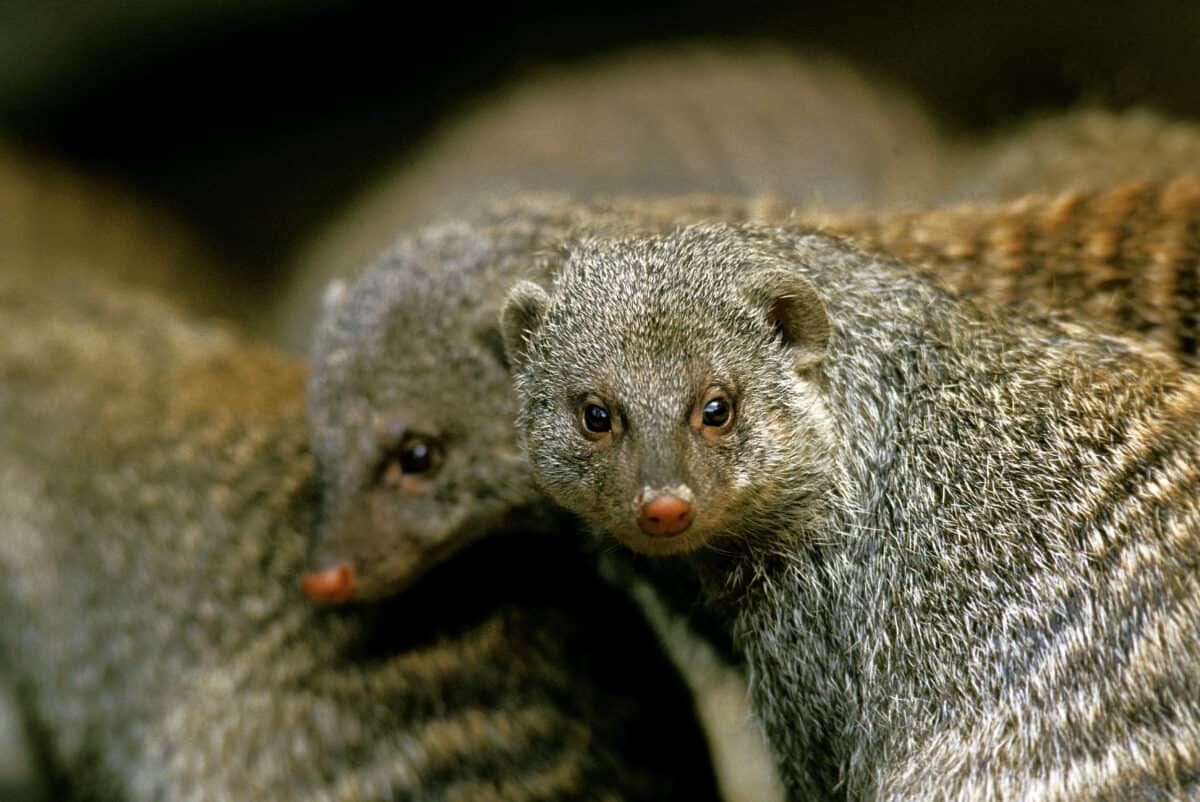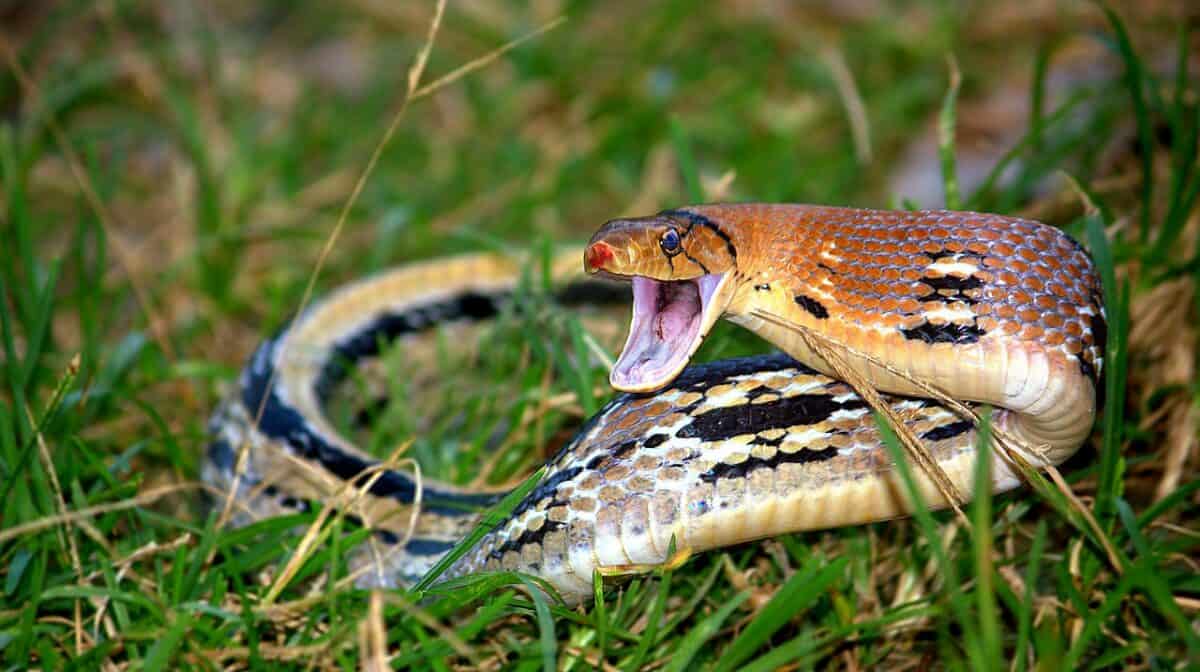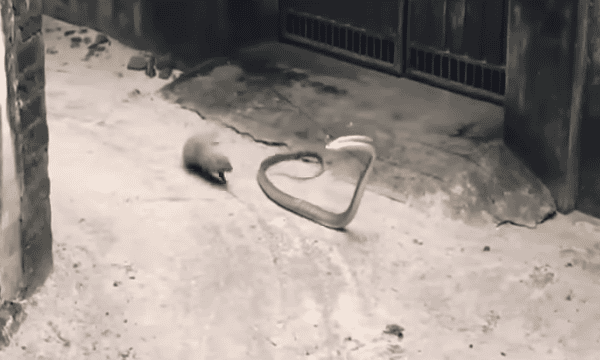Who knew a mongoose could be so brave? Join us as we watch the video above and witness a brave mongoose taking on a slithery snake! In this article we’ll also cover the physical characteristics of each of these two creatures, making a comparison!
Physical Characteristics Of The Mongoose

Body Structure
Mongooses have a slender, elongated body with short legs and a long, tapering tail! This body shape gives them the ability to move swiftly through thick vegetation.
Fur and Coloration
Most mongooses have thick fur. These coats vary in color from gray and brown to reddish or yellowish hues! Some species exhibit patterns that help camouflage them in their surroundings.
Teeth and Jaws
Mongooses have sharp, pointed teeth, including prominent canine teeth, which they use for capturing and killing prey. Their jaws are powerful and give lethal bites.
Sense Organs
Mongooses have well-developed senses, including keen eyesight and a strong sense of smell. These senses give them the power to locate prey, as well as detect threats.
Physical Characteristics Of The Snakes

Body Structure
Snakes are elongated, limbless reptiles with a cylindrical body shape. Their bodies are covered in scales. These scales provide protection and reduce friction as they move across surfaces.
Skin & Coloration
Snakes have a wide range of skin textures and color patterns. These include solid colors, stripes, spots and intricate patterns! Many species have evolved cryptic coloration that helps them blend into their surroundings. This counts as camouflage and ambush predation.
Fangs & Venom
Venomous snakes have special fangs connected to venom glands. They use these fangs to inject venom into prey or predators. Non-venomous snakes may have rows of small teeth used for swallowing prey whole!
Tongue & Jacobson’s Organ
Snakes have a forked tongue that they use to detect chemical cues in their environment. These cues are processed by the Jacobson’s organ, located in the roof of their mouths. It supplies information about potential prey, predators and mates!
Wrap Up
Overall, while mongooses are agile predators with sharp teeth and keen senses, adapted for hunting small vertebrates and insects, snakes are specialized predators with unique adaptations such as venomous fangs and sensory organs suited for locating and capturing prey! Both mongoose and snakes are examples of the amazing diversity of form and function in nature.
Thanks for reading along, for more, check out our related article links below!
Next up:
Join our Forum for free today!

- Why Do Zebras Have Stripes - July 23, 2024
- Huge Pet Bison Breaks Into House - July 22, 2024
- Giant Black Bear Surprises Beachgoers by Emerging from the Ocean in Florida - July 22, 2024

